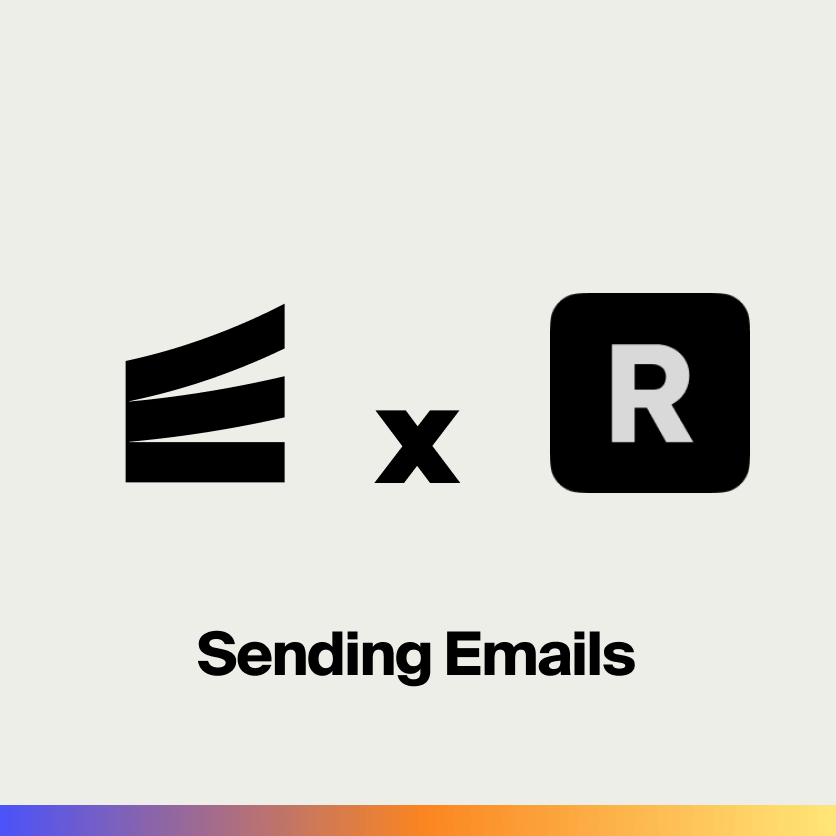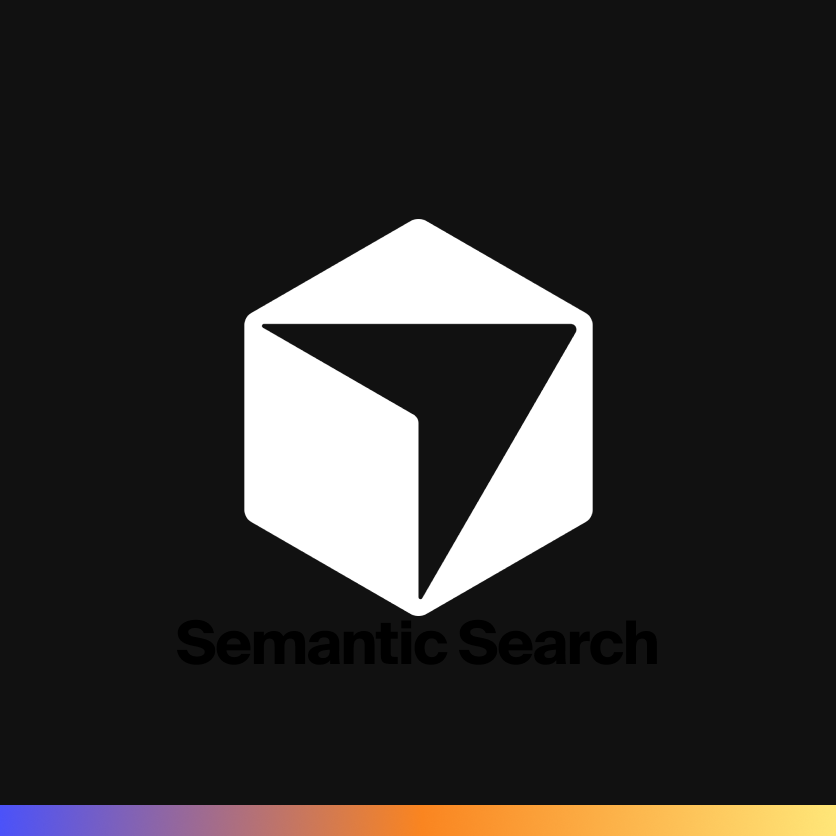Is Go good for backend development?
A look at how Go compares to other languages when building cloud backends

In a short decade, most backend development has become centered around making use of cloud services, to help improve the scalability and reliability of our applications. But how does this shift impact the choice of programming language? Queue the music and let's dive in.
New possibilities dictate new parameters
The shift to the cloud hasn't all been smooth sailing. As many organizations have come to realize, it's easy to make mistakes that end up costing thousands (or much much more) in unnecessary cloud spend. So much so, that cost control has been a key driver in popularizing fast and efficient programming languages to build backend applications. One such language that has gained popularity in recent years is Go, also known as Golang. But what is it that makes Go well-suited for building modern backends in the cloud?
Full disclaimer: Encore is designed ground up for Go, and makes heavy use of its performance advantages to help you build efficient cloud backend applications.
1. Performance & Scalability
Performance is a critical factor when it comes to building backends. Go is a compiled language, which means that it's translated into machine code before execution. This leads to faster execution times compared to interpreted languages like Python or Ruby. Go’s built-in garbage collector and optimized memory management also contribute to its performance advantage.
But that's not all. Go has yet another big trick up its sleeve: Concurrency.
Go’s Goroutines and Channels make it incredibly easy to write concurrent code, which is essential for building high-performance backends. Goroutines are lightweight threads that allow multiple functions to run concurrently, while Channels enable communication between these Goroutines. This makes it easier to create distributed systems that can scale horizontally, and write responsive applications that can handle large amounts of data and requests.
2. Portability
Go’s compiled nature makes it easy to create executables that can run on multiple platforms, making it an ideal choice for building cloud backends. It also has excellent support for cross-compilation, allowing developers to build binaries for different operating systems and architectures without needing to switch machines.
3. Security
Security is another critical factor when it comes to building cloud backends. Go’s built-in features like pointer arithmetic and memory management make it difficult for attackers to exploit vulnerabilities like buffer overflows. Additionally, Go’s standard library includes many security-related packages, making it easier to write secure code.
Bonus: Ease of Use
Go is designed to be simple and easy to learn, which makes it an excellent choice for fast-growing teams. Its syntax is concise, and its standard library is well-documented, making it easy for developers to get started with minimal effort. Go’s community is also very active, and there are plenty of resources available online to help developers learn and solve problems.
If not Go, then what?
While Go has many advantages for building modern backends in the cloud, it's not the only programming language on the block. How does Go stack up to other popular languages used for backend development? Let's take a look.
Go vs. Python
Python is a popular language used for building backends in the cloud. It's easy to learn and has a large community of developers.
However, compared to Go, Python is an interpreted language, which means it can be slower in execution. Python also has some limitations when it comes to concurrency and scalability, which can make it difficult to write high-performance cloud backends.
Go vs. Java
Java is another popular language used for building backends in the cloud. It's a compiled language, which means it can be faster in execution compared to interpreted languages like Python. Java also has excellent support for concurrency and scalability, making it a great choice for building high-performance cloud backends.
The major downside is, Java can be a lot more difficult to learn and has a steeper learning curve compared to Go.
Go vs. Rust
Rust is a relatively new language that has gained popularity in recent years for building cloud backends. It's a compiled language that offers excellent performance and memory safety features. Rust also has excellent support for concurrency and scalability, making it a great choice for building high-performance cloud backends. One key drawback is, Rust can be more challenging to learn than Go, and its syntax can be more complex.
Go vs. Node
Node is a popular language used for building backends in the cloud. It's based on JavaScript and has a large community of developers. Node is known for its ease of use and excellent support for asynchronous programming, making it an excellent choice for building cloud backends that require a lot of I/O operations.
Keep in mind, Node can be slower in execution compared to compiled languages like Go and Rust, and it has some limitations when it comes to concurrency and scalability.
That said, we're working on adding Node support to Encore! If you'd like to know more, please reach out and say hello.
Conclusion: Go is a balanced and future-proof choice
While Python, Java, Rust, and Node (that's a mouthful!) all have their advantages and disadvantages when it comes to building backends in the cloud, Go offers an excellent balance of simplicity, performance, concurrency, scalability, portability, and security.
Depending on the specific needs of your project, any of these languages could be a good choice, but Go is definitely worth considering if you know you'll be deploying your application to one of the major cloud providers, and want a future-proof language that will help you build a scalable, performant, and cost efficient application.
If you want to get started building a Go-based backend application without the normal cloud complexity, we'd be happy if you try out Encore and tell us what you think on Discord.
More Articles


